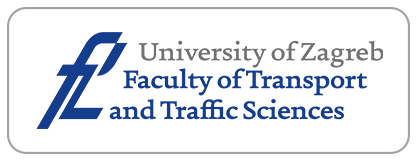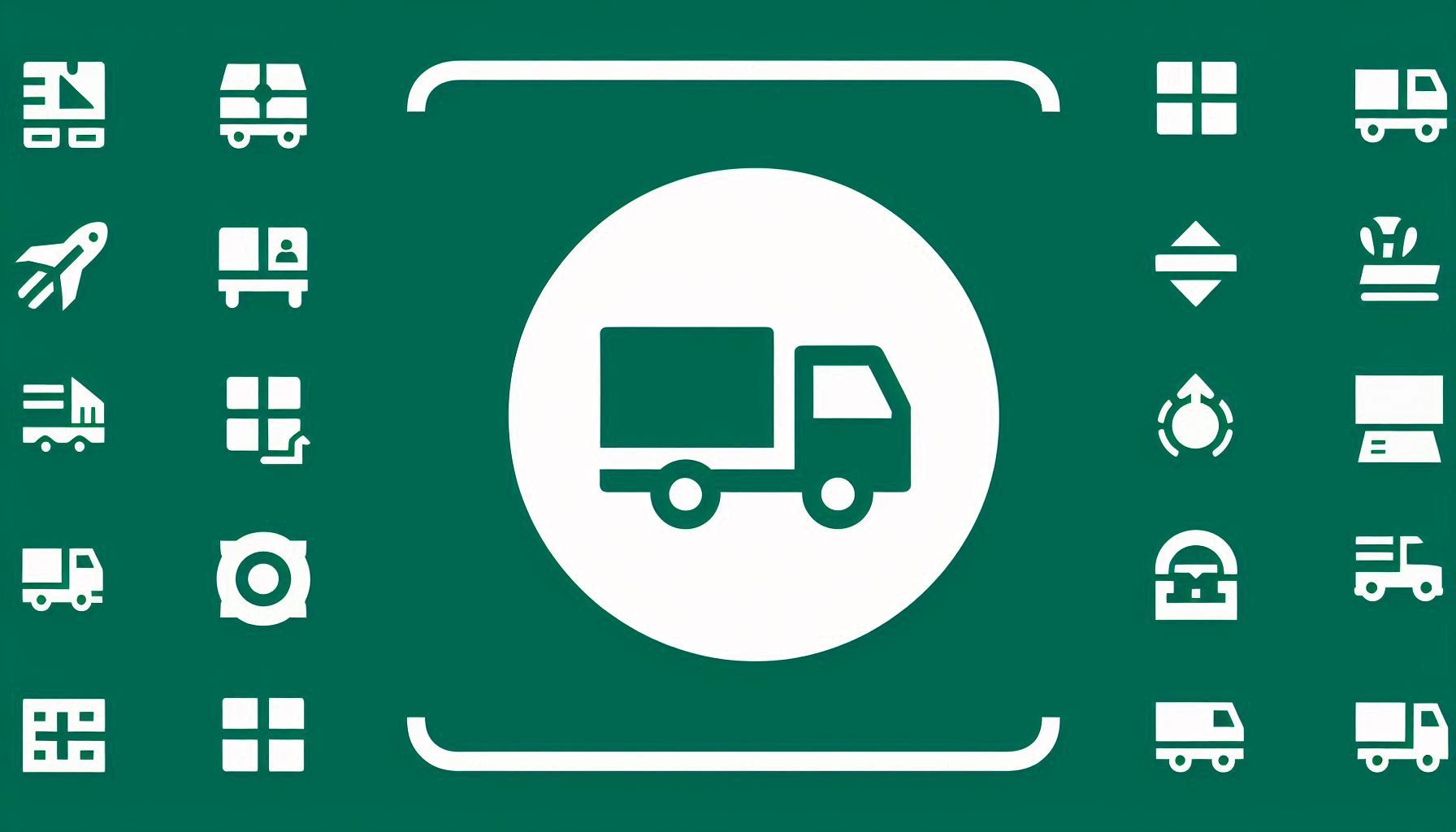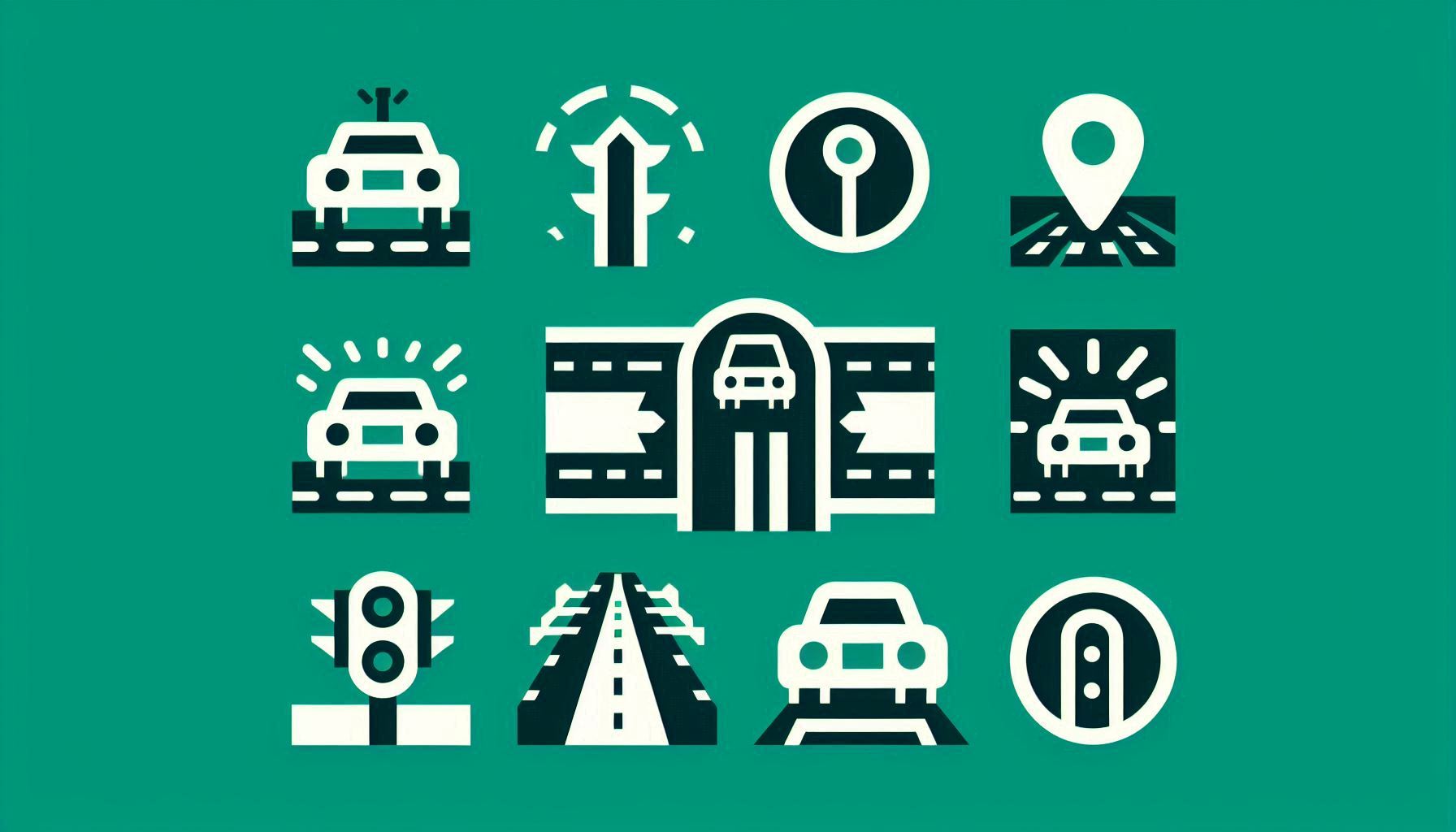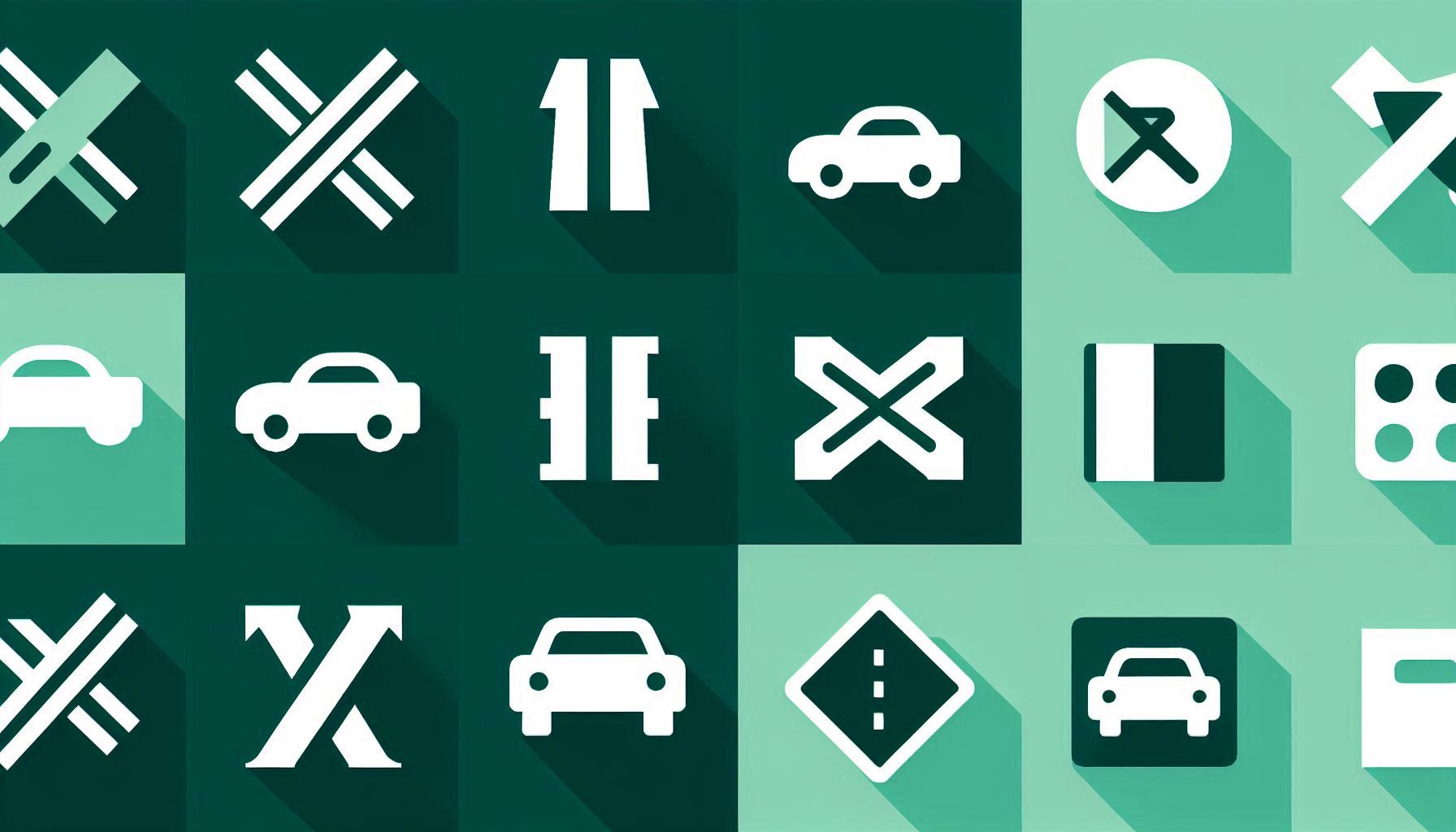Determination of the Instantaneous Noise Level Using a Discrete Road Traffic Flow Method
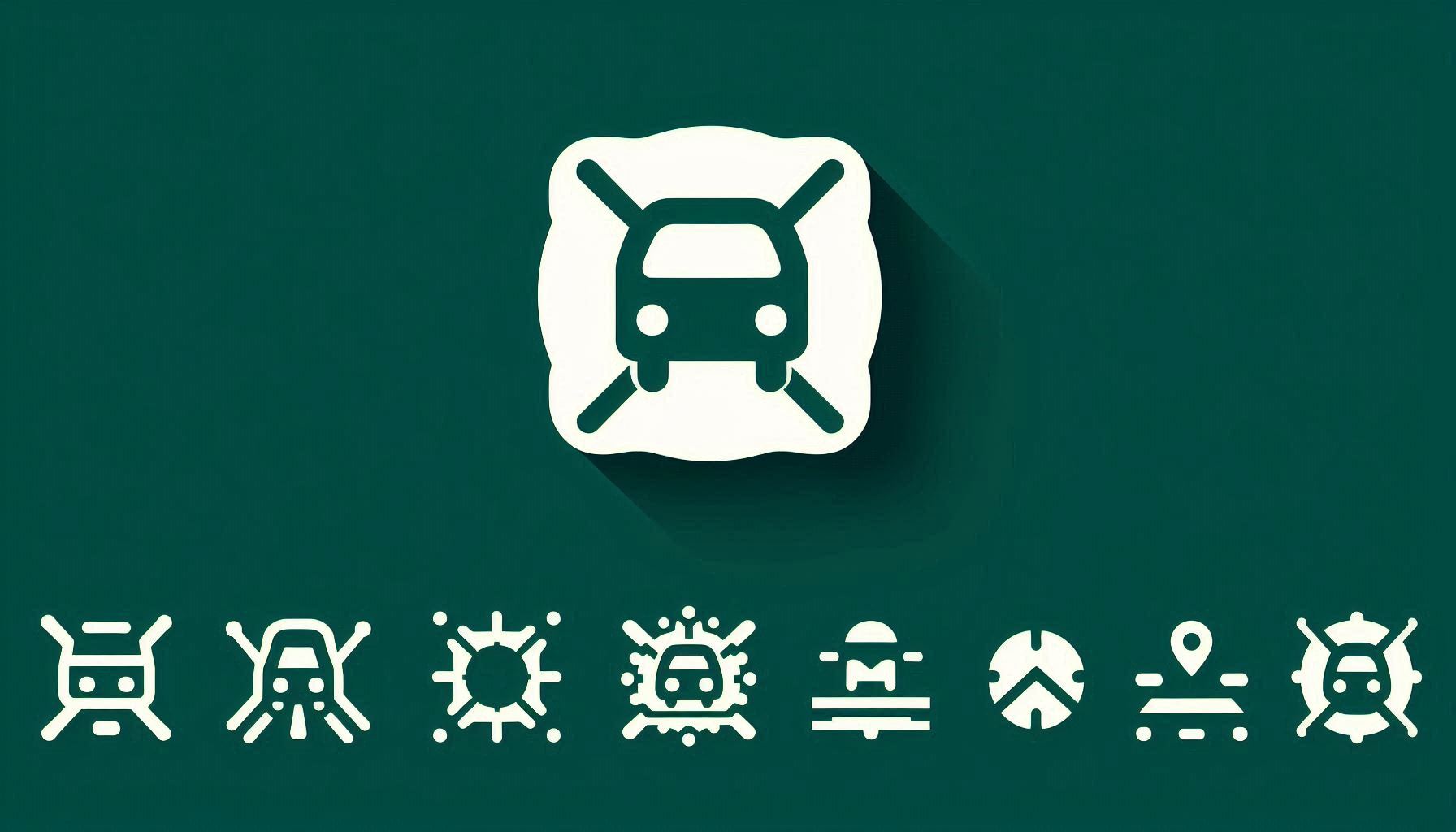
Downloads
Noise pollution from the streets is a critical problem for those living or working near them. Although the traffic noise problem is not a new research topic, it is usually limited to providing average values. This paper aims to determine variations in the instantaneous noise level and its influencing factors using the experimental noise level and theoretical traffic flow using a discrete traffic flow model. The research results suggested that the noise level could be changed by properly managing traffic flow with existing traffic lights without changing the infrastructure. The results of this research may be useful for city transport traffic management institutions.
Downloads
Casas N. Deep deterministic policy gradient for urban traffic light control. Computer Science – Neural and Evolutionary Computing. 2017;1(1):1–38. DOI: 10.48550/arXiv.1703.09035.
Wu T, et al. Multi-agent deep reinforcement learning for urban traffic light control in vehicular networks. IEEE Transactions on Vehicular Technology. 2020;69(8):8243–8256. DOI: 10.1109/TVT.2020.2997896.
Stoilova K, Stoilov T. Optimizing traffic light green duration under stochastic considerations. Mathematics. 2023; 11(3):1–25. DOI: 10.3390/math11030496.
Redhu P, Kumar K. Short-term traffic flow prediction based on optimized deep learning neural network: PSO-Bi-LSTM. Physica A: Statistical Mechanics and its Applications. 2023;625:129001. DOI: 10.1016/j.physa.2023.129001.
Zhang Y, et al. Predicting highly dynamic traffic noise using rotating mobile monitoring and machine learning method. Environmental research. 2023;229:115896. DOI: 10.1016/j.envres.2023.115896.
Ibili F, Owolabi A, Ackaah W, Massaquoi A. Statistical modelling for urban roads traffic noise levels. Scientific African. 2022;15(1):e01131. DOI: 10.1016/j.sciaf.2022.e01131.
Moroe N, Mabaso P. Quantifying traffic noise pollution levels: A cross-sectional survey in South Africa. Scientific Reports. 2022;12(1):3454. DOI: 10.1038/s41598-022-07145-z.
Souza C, et al. Occupational noise level exposures outside and inside agricultural tractor cabs. Observatório De La Economía Latinoamericana. 2023:21(6):4968–4987. DOI: 10.55905/oelv21n6-095.
Sarker PC, Siddique MNEA, Sultana S. A review of environmental noise pollution and impacts on human health in Rajshahi city, Bangladesh. Indonesian Journal of Environmental Management and Sustainability. 2023;7(3):80-87. DOI: 10.26554/ijems.2023.7.3.80-87.
Pathak V, Tripathi B, Mishra V. Evaluation of traffic noise pollution and attitudes of exposed individuals in working place. Atmospheric Environment. 2008;42(16):3892–3898. DOI: 10.1016/j.atmosenv.2007.12.070.
Ko J, et al. Transportation noise and exposed population of an urban area in the Republic of Korea. Environment International. 2011;37(2):328–334. DOI: 10.1016/j.envint.2010.10.001.
Murphy E, King E. Scenario analysis and noise action planning: Modelling the impact of mitigation measures on population exposure. Applied Acoustics. 2011;72(8):487–494. DOI: 10.1016/j.apacoust.2010.10.006.
Wang H, Chen H, Cai M. Evaluation of an urban traffic noise–exposed population based on points of interest and noise maps: The case of Guangzhou. Environmental Pollution. 2018;239:741–750. DOI: 10.1016/j.envpol.2017.11.036.
Ming C, Yifan Y, Haibo W. Urban traffic noise maps under 3D complex building environments on a supercomputer. Journal of Advanced Transportation. 2018;12:1–10. DOI: 10.1155/2018/7031418.
Ming C, Yifan Y, Haibo W. A traffic-noise-map update method based on monitoring data. The Journal of the Acoustical Society of America. 2017;141(4):2604–2610. DOI: 10.1121/1.4979808.
Di H, et al. Estimation of the quality of an urban acoustic environment based on traffic noise evaluation models. Applied Acoustics. 2018;141:115–124. DOI: 10.1016/j.apacoust.2018.07.010.
Ming C, Ziqin L, Zhiwei Z, Haibo W. Evaluation of road traffic noise exposure based on high-resolution population distribution and grid-level noise data. Building and Environment. 2019;147:211–220. DOI: 10.1016/j.buildenv.2018.08.037.
Hai B, et al. Sound quality prediction of vehicle interior noise using deep belief networks. Applied Acoustics. 2016;113:149–161. DOI: 10.1016/j.apacoust.2016.06.021.
Rey Gozalo G, et al. Statistical attribution of errors in urban noise modeling. Applied Acoustics. 2019;153:20–29. DOI: 10.1016/j.apacoust.2019.04.001.
Sirin O, Ohiduzzaman M, Kassem E. Evaluation of Federal highway administration‘s traffic noise model for pavements in Qatar. In Third International Conference on Architecture and Civil Engineering (ICACE) – Springer. 2019; pp. 143-150. DOI: 10.1007/978-981-15-1193-6_16.
Mohammadi Z, Noorpoor A, Bayatian M. Investigating of environmental traffic noise modelling by using FHWA TNM in Tehran township. International Journal of Environmental Quality. 2021;45:42–48. DOI: 10.6092/issn.2281-4485/12482.
Dai B, et al. Development of a traffic noise prediction model on inland waterway of China using the FHWA. Science of the Total Environment. 2014;482(483):480–485. DOI: 10.1016/j.scitotenv.2013.06.019.
Zhao J, et al. Assessment and improvement of a highway traffic noise prediction model with Leq (20s) as the basic vehicular noise. Applied Acoustics. 2015;97:78–83. DOI: 10.1016/j.apacoust.2015.03.021.
Chen L, et al. Forecast and control of traffic noise based on improved UE model during road network design. Applied Acoustics. 2020;170(107529):1–11. DOI: 10.1016/j.apacoust.2020.107529.
Shokouhian M, et al. Development of a highway geometry based noise abatement model. Transportation Research Interdisciplinary Perspectives. 2021;10(100382):1–9. DOI: 10.1016/j.trip.2021.100382.
Peng J, Parnell J, Kessissoglou N. A six-category heavy vehicle noise emission model in free-flowing condition. Applied Acoustics. 2019;143:211–221. DOI: 10.1016/j.apacoust.2018.08.030.
Can A, Aumond P. Estimation of road traffic noise emissions: the influence of speed and acceleration. Transportation Research Part D: Transport and Environment. 2018;58:155–171. DOI: 10.1016/j.trd.2017.12.002.
Gomez M, Carvajal G, Rodriguez Z, Garcia T. Assessment of the RLS 90 calculation method for predicting road traffic noise in Colombian conditions. Revista Facultad de Ingeniería Universidad de Antioquia. 2014;75:176–188. DOI: 10.17533/udea.redin.n75a17.
Okada Y, Tajika T, Sakamoto S. Road traffic noise prediction model „ASJ RTN-Model 2013“proposed by the Acoustical Society of Japan – part 2: Study on sound emission of road vehicles. Inter-noise. 2014;1–8.
Sakamoto S. Road traffic noise prediction model „ASJ RTN-Model 2013“: Report of the research committee on road traffic noise. Acoustical Science and Technology. 2015;36(2):49–108. DOI: 10.1250/ast.36.49.
Garg N, Maji S. A critical review of principal traffic noise models: Strategies and implications. Environmental Impact Assessment Review. 2014;46:68–81. DOI: 10.1016/j.eiar.2014.02.001.
Pascale A, Fernandes P, Guarnaccia C, Coelho M. A study on vehicle noise emission modelling: Correlation with air pollutant emissions, impact of kinematic variables and critical hotspots. Science of the Total Environment. 2021;787(147647):1–14. DOI: 10.1016/j.scitotenv.2021.147647.
Khan J, et al. Comparison of road traffic noise prediction models: CNOSSOS-EU, Nord2000 and TRANEX. Environmental Pollution. 2021;270(116240):1–13. DOI: 10.1016/j.envpol.2020.116240.
Tarrero A, et al. Sound propagation in forests: A comparison of experimental results and values predicted by the Nord 2000 model. Applied Acoustics. 2008;69:662–671. DOI: 10.1016/j.apacoust.2007.01.007.
Dutilleux G, et al. NMPB-routes-2008: The revision of the French method for road traffic noise prediction. Acta Acustica United with Acustica. 2010;96(3):452–462. DOI: 10.3813/AAA.918298.
Motylewicz M, Gardziejczyk W. Statistical model for traffic noise prediction in signalised roundabouts. Bulletin of the Polish academy of sciences. 2020;68(4):937–948. DOI: 10.24425/bpasts.2020.134190.
ISO 9613–1. 1993. Acoustics – Attenuation of Sound during propagation outdoors – Part 1: Calculation of the Absorption of Sound by the atmosphere.
Zhang X, Kuehnelt H, De Roeck W. traffic noise prediction applying multivariate bi-directional recurrent neural network. Applied Sciences. 2021,11(6):2714. DOI:10.3390/app11062714.
Chevallier E, Can A, Nadji M, Leclercq L. Improving noise assessment at intersections by modeling traffic dynamics. Transportation Research Part D: Transport and Environment. 2009;14(2):100–110. DOI: 10.1016/j.trd.2008.09.014.
Guarnaccia C. Advanced tools for traffic noise modelling and prediction. WSEAS Transactions On Systems. 2013;2(12):121–130. Available online: https://www.wseas.org/wseas/cms.action?id=6952 (accessed on 5 April 2021).
Can A, Chevallier E, Nadji M, Leclercq L. Dynamic traffic modeling for noise impact assessment of traffic strategies. Acta Acustica united with Acustica. 2010;96(3):482–493. DOI: 10.3813/AAA.918301.
Can A, Leclercq L, Lelong J, Defrance J. Capturing urban traffic noise dynamics through relevant descriptors. Applied Acoustics. 2008;69(12):1270–1280. DOI: 10.1016/j.apacoust.2007.09.006.
Yang W, Cai M, Luo P. The calculation of road traffic noise spectrum based on the noise spectral characteristics of single vehicles. Applied Acoustics. 2020;107128:1-17. DOI: 10.1016/j.apacoust.2019.107128.
Junevičius R, Bogdevičius M. Mathematical modelling of network traffic flow. Transport. 2009;24(4):333–338. DOI: 10.3846/1648-4142.2009.24.333-338.
Bogdevičius M, Junevičius R. Investigation of traffic flow dynamic processes using discrete model, Journal of KONES Powertrain and Transport. 2014;21(4):15–19. DOI: 10.5604/12314005.1130421.
Hansen C, Doolan C, Hansen K. Fundamentals of acoustics and frequency analysis. Wind Farm Noise: Measurement, Assessment. 2017;200. DOI: 10.1002/9781118826140.ch2.
Can A, Leclercq L, Lelong J, Dynamic estimation of urban traffic noise: Influence of traffic and noise source representations. Applied Acoustics. 2008,69(10):858–867. DOI: 10.1016/j.apacoust.2007.05.014.
Ellebjerg L. Noise control through traffic flow measures – Effects and benefits. Danish Road Institute Report. 2007; 151 p.
Can A, Leclercq L, Lelong J, Defrance J. Accounting for traffic dynamics improves noise assessment: Experimental evi-dence. Applied Acoustics. 2009,70(6):821–829. DOI: 10.1016/j.apacoust.2008.09.020.
ISO 11819-1:2023(EN) Acoustics — Measurement of the influence of road surfaces on traffic noise — Part 1: Statistical pass-by method. 27 p.
Danilevičius A, Karpenko M, Křivánek V. Research on the noise pollution from different vehicle categories in the urban area. Transport. 2023;38(1):1–11. DOI: 10.3846/transport.2023.18666.
Podvezko V, Sivilevičius H. The use of AHP and rank correlation methods for determining the significance of the interaction between the elements of a transport system having a strong influence on traffic safety. Transport. 2013;28(4):389–403. DOI: 10.3846/16484142.2013.866980.
Mukaka M. Statistics corner: a guide to appropriate use of correlation coefficient in medical research. Malawi Medical Journal. 2012;24(3):69–71.
Hespanhol L, Vallioa C, Costaa L, Saragiottoa B. Understanding and interpreting confidence and credible intervals around effect estimates. Brazilian Journal of Physical Therapy. 2019;23(4):290–301. DOI: 10.1016/j.bjpt.2018.12.006.
Copyright (c) 2025 Algimantas DANILEVIČIUS, Irena DANILEVIČIENĖ, Mykola KARPENKO, Michał STOSIAK, Paulius SKAČKAUSKAS

This work is licensed under a Creative Commons Attribution-NonCommercial 4.0 International License.





